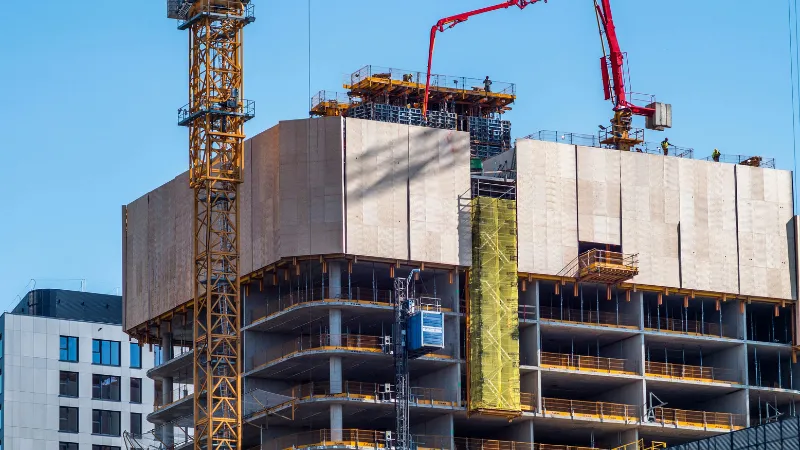
Selecting the right fixings is one of the most important decisions in any construction or renovation project. The materials you choose will influence the strength of the build, the longevity of the structure and the safety of the finished work. As modern projects demand higher performance standards, it’s essential to understand what makes a fixing durable and how to choose the most suitable options for different environments. Today’s professionals must consider everything from corrosion resistance to load-bearing capabilities to ensure long-term results they can trust.
Why Durability Matters More Than Ever
Construction trends have shifted toward more sustainable and long-lasting materials. Choosing durable fixings isn’t just about preventing a screw from snapping; it’s about preserving the integrity of the entire build. Because fixings are often hidden from sight once installed, any failure can be costly and time-consuming to repair. Damage from corrosion, moisture or excessive stress can compromise not only the immediate connection but also surrounding materials. Using high-quality durable fixings reduces maintenance needs and provides peace of mind that the final structure will stand the test of time.
Understanding Material Options for Modern Fixings
The material of a fixing plays a major role in its performance. Steel fixings are widely used for their strength, but not all steel is equal. Coated steels can offer a degree of corrosion protection, but coatings may wear down over time, especially in challenging environments. Stainless steel is favoured for many modern projects due to its built-in resistance to rust, tarnishing and environmental wear. Its composition allows it to resist moisture, making it ideal for indoor and outdoor applications where humidity or exposure to the elements could be a concern.
Brass and nylon fixings have their place too, especially in electrical or decorative installations where conductivity or appearance may be relevant. The key is to match the fixing material to the project’s function, location and expected lifespan to ensure long-term performance.
Environmental Considerations in Fixing Selection
Modern construction practices place more focus on environmental sustainability, leading to more mindful choices regarding materials. Opting for long-lasting fixings supports sustainability by reducing waste and replacement frequency. In outdoor projects or marine-adjacent environments, corrosion-resistant solutions are especially important. Moisture, salt in the air and temperature fluctuations can quickly damage inferior fixings. By choosing solutions designed to withstand environmental pressures, builders contribute to more sustainable construction practices through improved durability.
When Stainless Steel Stands Out
For projects where moisture, chemical exposure or long-term external use is expected, stainless steel fixings have become a preferred choice. They maintain their structure and appearance for longer, giving them an advantage over coated steels that may degrade. For those seeking reliable, long-lasting options, Tradefix stainless steel screws are a trusted choice that perform exceptionally well in a variety of projects without compromising quality.
Stainless steel fixings are well-suited for decking, fencing, outdoor furniture, kitchens, bathrooms and workshops. They prevent staining on timber, reduce the risk of rust spreading and preserve the professional finish of the work. With their impressive resistance to corrosion and structural strength, they are an investment in long-term craftsmanship.
Matching the Fixing to the Application
A durable fixing is not only defined by material but also by design. Wood screws, masonry anchors, machine screws and roofing fixings all serve specific purposes. Choosing the wrong type can result in structural instability, stripped threads or weakened joins. Before selecting fixings, consider the substrate, load, movement and environment. For example, projects involving hardwood or composite materials benefit from fixings with specialised thread patterns designed to grip without splitting. Similarly, heavy-duty installations may require fixings engineered for high tensile strength or vibration resistance to avoid loosening over time.
Final Thoughts
Durable fixings are the backbone of any modern project. Making smart choices from the start ensures that the finished result remains safe, attractive and structurally sound for years to come. By understanding materials, environmental influences and application needs, builders and DIY enthusiasts alike can create stronger and longer-lasting results with confidence.


 Follow us
Follow us Follow us
Follow us














